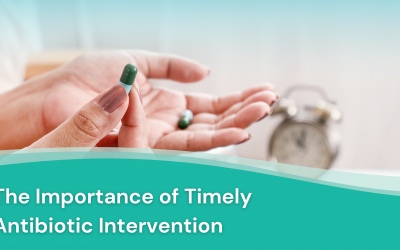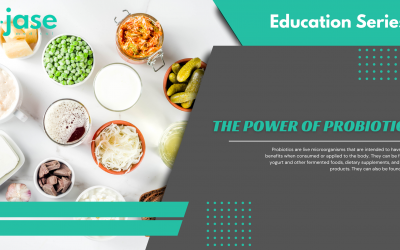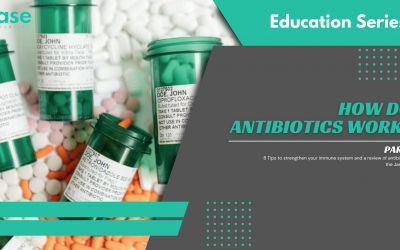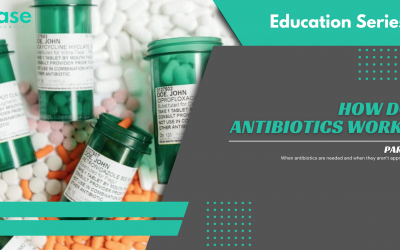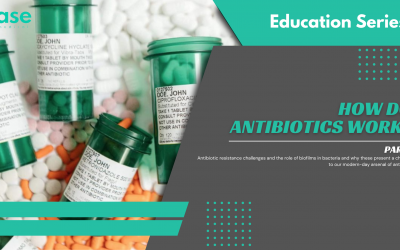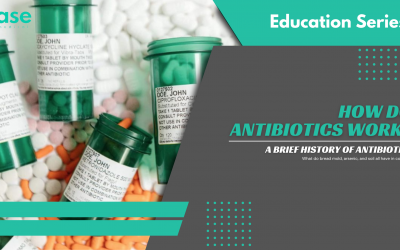Accelerate healing through early treatment. .The Key to Effective Infection Management: Early antibiotic intervention and at the right dose. While aggressive antibiotic treatment with high dosages has been the go-to methodology of treatment historically, research by...
<< Patient Education
Antibiotics
Our mission is to help you be more medically prepared.
Stay up-to-date on the latest news in health and preparedness.
Tips for Getting Our Kids to Live Their Healthiest Lives
Kids are superb little copycats; let's give them some positive things to mimic. .Healthy kids, Happy Families: Empowering Children for Lifelong Wellness Before they start making their own decisions, kids will begin copying ours. So the more health conscious examples...
Disasters and Disease: An Increased Risk of Pneumonia
Natural events are unpredictable, preparedness is not. .You can’t know what may happen next, but you can know your family is prepared. With disasters and disease on the rise globally, there is no time like today, to prepare for tomorrow. From recent supply chain...
The Power of Probiotics
Probiotics are live microorganisms that are intended to have health benefits when consumed or applied to the body. They can be found in yogurt and other fermented foods, dietary supplements, and beauty products. They can also be found in soil. Probiotics may contain a...
Add These Superfoods to Your Pantry
For thousands of years fermented foods have been consumed by nearly every culture in the world. These health promoting foods have historically been used to ward off disease and promote health. Before the advent of refrigeration vegetables were stored in root cellars,...
How do Antibiotics Work? Part 4
The best way to take antibiotics is to never need them. But that isn’t always an option. However, there are some steps you can take to strengthen your immune system so that you and your loved ones can fight off illness. The recent outbreak of deaths from group A...
How do Antibiotics Work? Part 3
In part 1 we reviewed how antibiotics work, part 2 what biofilms are and their role in antibiotic resistance. In part 3 we will review: When antibiotics are needed and when they aren’t appropriate Distinguish between an allergic reaction to an antibiotic and the...
How do Antibiotics Work? Part 2
In part 1 the history of antibiotics and how they work was reviewed. This week we will look at The role of biofilms in bacteria and why these present a challenge to our modern-day arsenal of antibiotics Antibiotic resistance challenges The role of biofilms in bacteria...
How do Antibiotics Work?
Part 1A brief history of antibiotics- or what do bread mold, arsenic, and soil all have in common? Throughout history populations used plants, soils and foods to treat infections. Many of our modern-day antibiotics originated from these. Only recently- the past 100...

